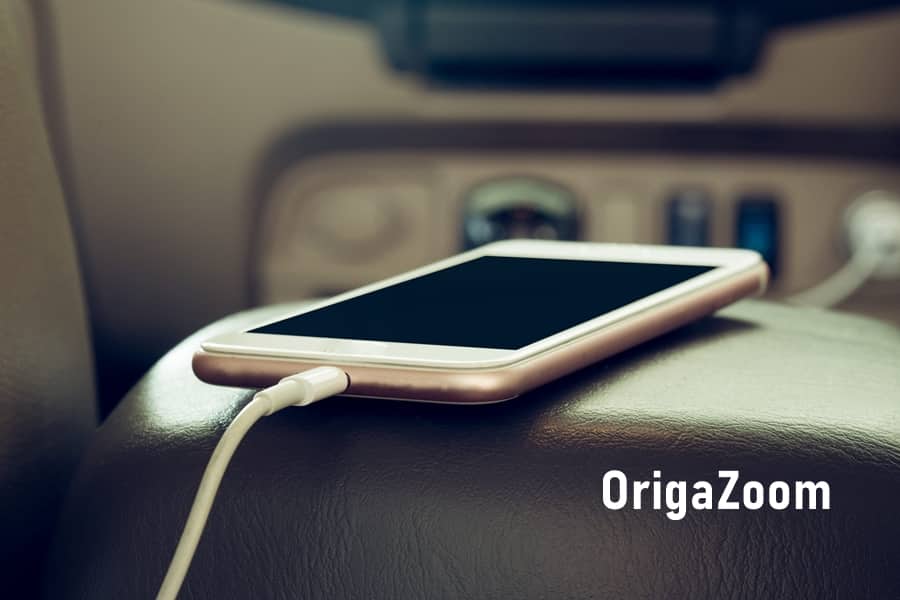Automobiles, the embodiment of engineering marvels and aesthetic beauty, ignite the passion of enthusiasts worldwide. Capturing the essence of these high-performance machines through photography is an art that demands a blend of technical expertise, artistic vision, and a profound understanding of the automotive world.
In this article, we explore the intricacies of elite automotive photography and unveil the techniques that bring out the soul of these vehicles on camera.
1. Choose the Right Location
Selecting the perfect backdrop for an automotive shoot is crucial. A location that complements the car’s aesthetics and personality elevates the entire composition. Urban landscapes, picturesque natural settings, or racetracks can provide the ideal context for showcasing the vehicle’s character and capabilities.

2. Lighting is Key
Lighting is a fundamental element in automotive photography. Natural light, whether during the golden hours of sunrise or sunset, can cast a warm and dynamic glow on the vehicle’s curves. Alternatively, playing with artificial lighting can help create dramatic effects, emphasizing details like reflections and shadows.
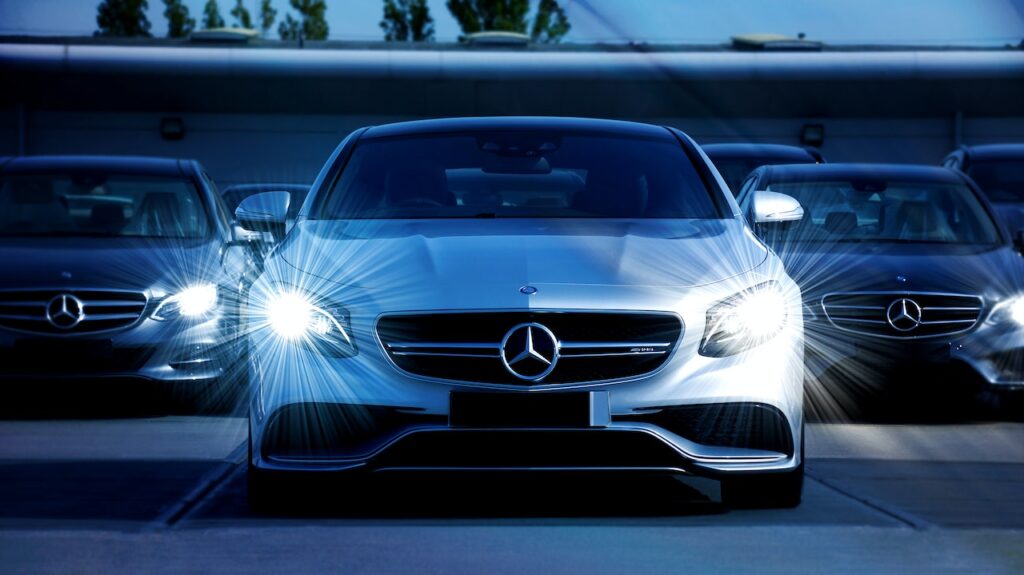
3. Detail-Oriented Shots
Elite automotive photography isn’t just about capturing the entire vehicle; it’s about showcasing the details that set it apart. Zoom in on intricate design elements, like the curve of the fender or the texture of the leather interior. Macro shots can reveal the precision craftsmanship and technical innovation that make each vehicle unique.
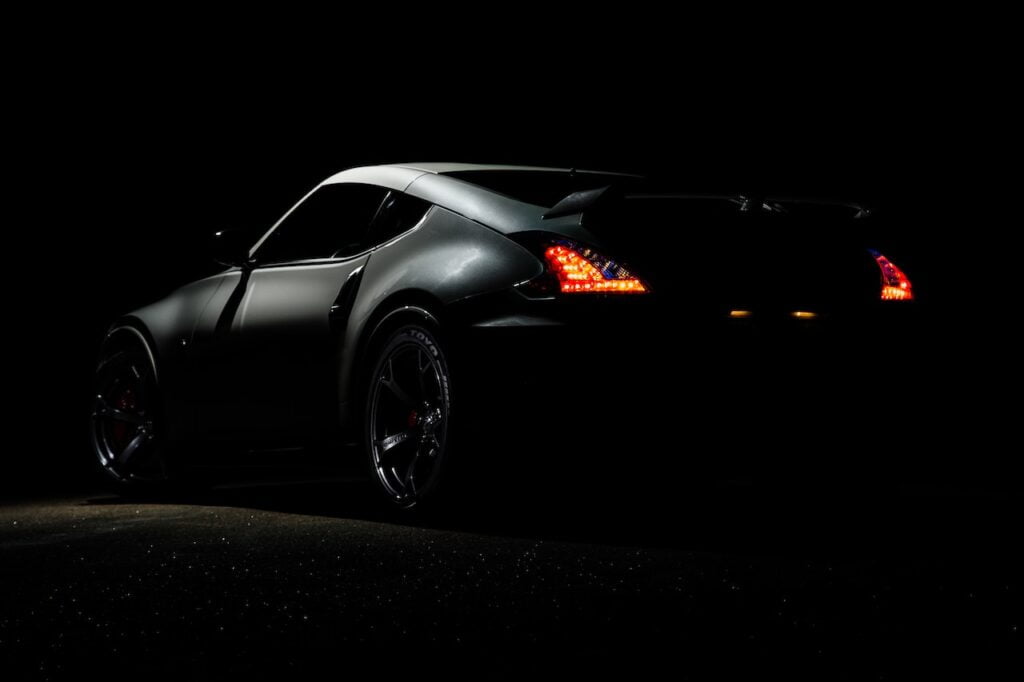
4. Dynamic Angles
Experiment with angles to imbue your photographs with a sense of motion and excitement. Low-angle shots can make the car appear more dominant and aggressive, while high angles emphasize its sleekness. Capture the vehicle in action, whether racing on a track or navigating a winding road, to convey its speed and performance capabilities.
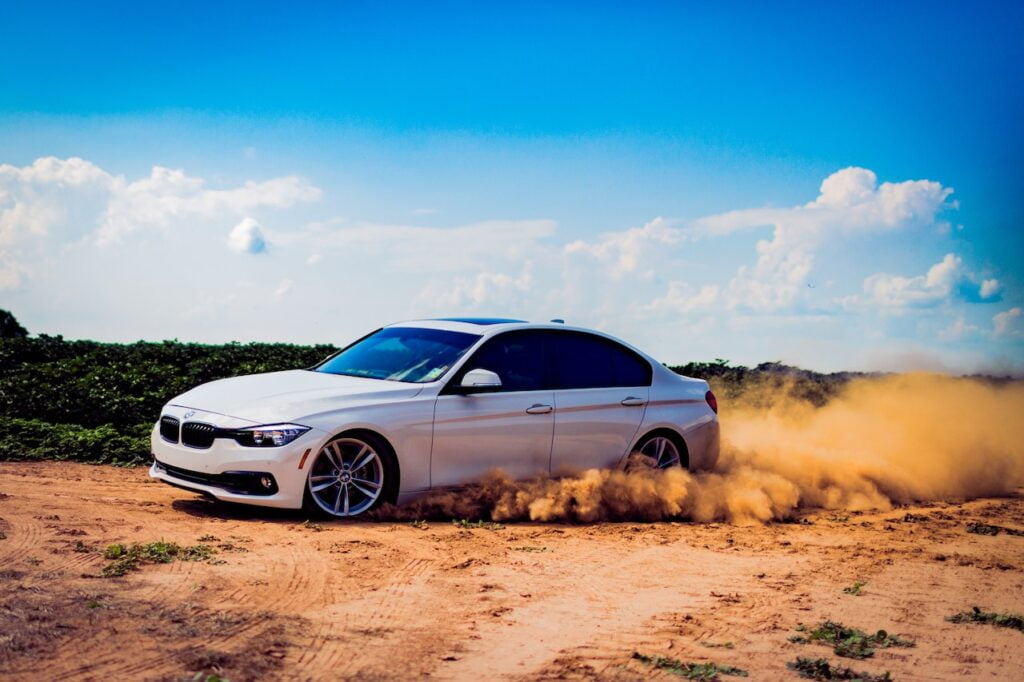
5. Reflections and Surfaces
The reflective surfaces of automobiles can both challenge and inspire photographers. Harness reflections creatively to create captivating compositions. A well-placed reflection can add depth and intrigue to an image, offering an alternative perspective on the vehicle’s design.
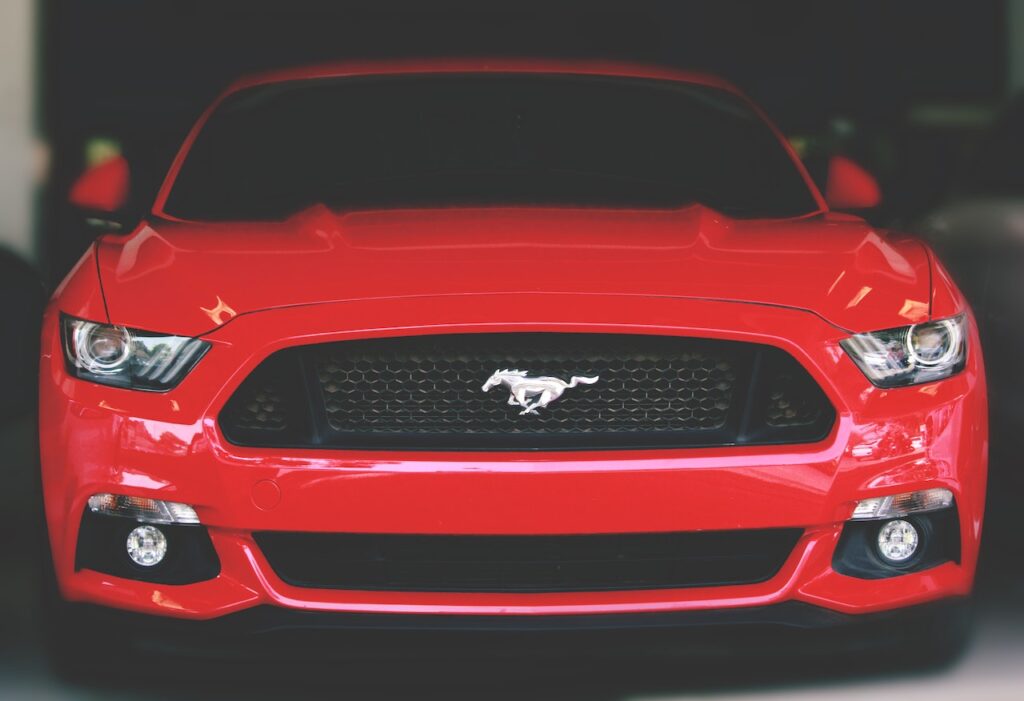
6. Post-Processing and Enhancements
Post-processing is the realm where the photograph truly comes to life. Careful adjustments to color, contrast, and saturation can enhance the image’s impact while preserving the authenticity of the car’s appearance. Be cautious not to over-edit; maintaining the car’s natural beauty is key.
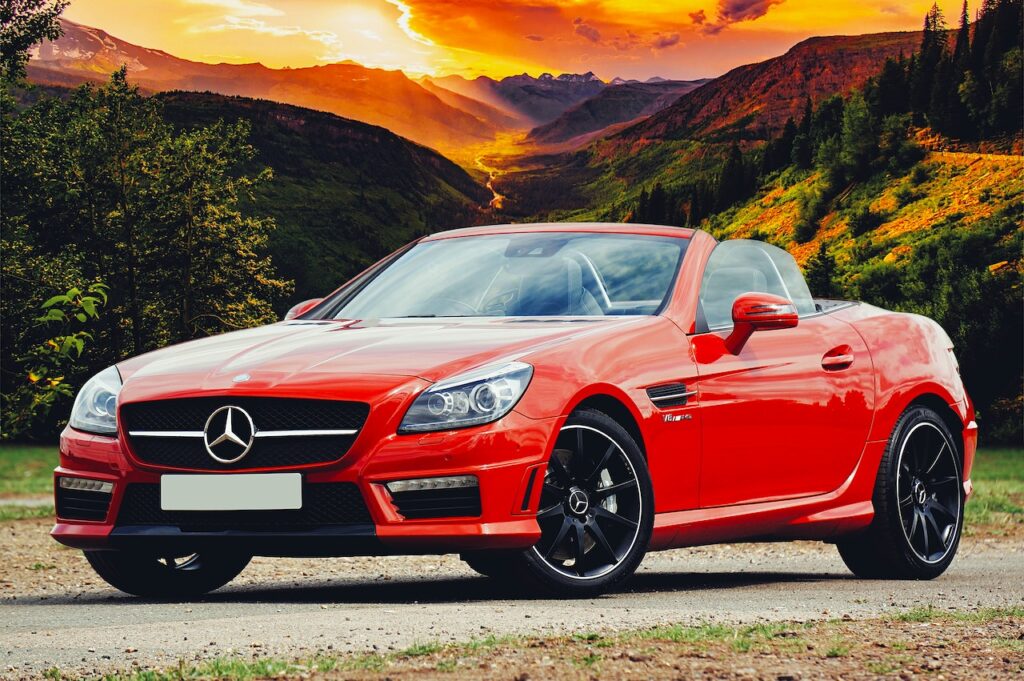
7. The Human Element
Introducing people into your automotive photography can add a sense of scale and context. Whether it’s a driver behind the wheel or a mechanic working on the engine, these human elements can tell stories and evoke emotions, giving life to the vehicle.

8. Patience and Perseverance
Elite Automotive photography requires patience and a willingness to experiment. You may need to wait for the right lighting conditions, the perfect moment, or the absence of distracting elements. Each shot is a labor of love that requires dedication to detail and an unwavering commitment to capturing automotive excellence.
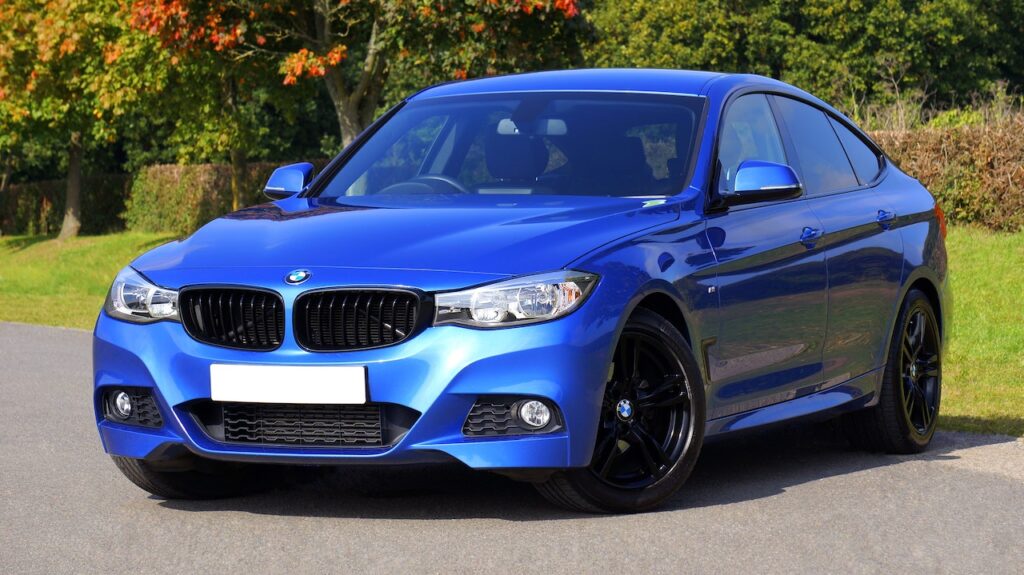
In conclusion, elite automotive photography is a fusion of technical mastery, creative flair, and a deep appreciation for the beauty and engineering prowess of automobiles. By choosing suitable locations, mastering lighting techniques, focusing on details, and experimenting with angles, photographers can encapsulate the spirit and allure of these high-performance vehicles. Each photograph celebrates automotive innovation, design, and the exhilarating sensation of speed and power.

